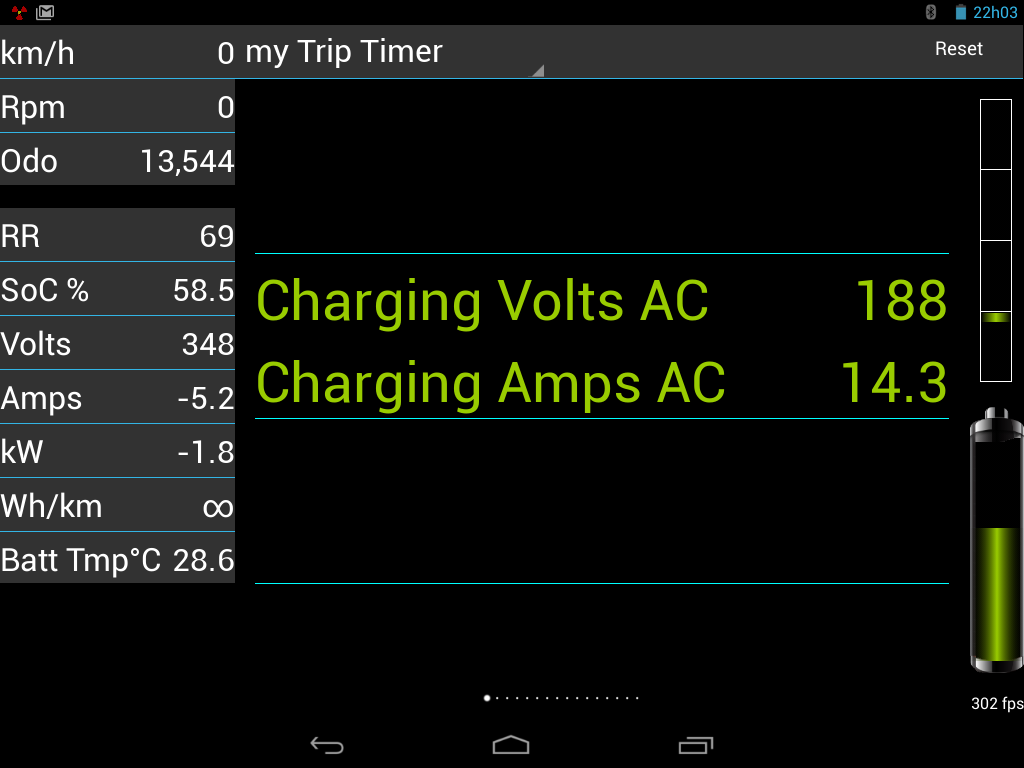bradleydavidgood777, WHOA! There is no place on this forum for such statements, especially those that attack the scientific method, and I ask for you to please tone down your rhetoric. This is not some subjective opinion we are dealing with, but very simple measurable voltages and currents, yielding power, and power times time yielding energy. Also, there is nothing "amazing" about the Amazing-E except its brand name.
The title of this thread is expressed in numbers and refers to 120vac vs. 240vac charging of the i-MiEV, but the thread has also wandered into a discussion of 240vac charging at two different charging locations.
Let me try to put things into perspective -
On the issue of 240vac being 3x faster to charge than 120vac, in addition to Don's patiently trying to educate you showing you how to calculate the power going into the car, PV1's explanation further elaborated and took into account losses in the charging system and this was close enough - you read and accepted it (so why bring it up again?). The definitive answer would be to use CaniOn with a time-lapse camera trained on both the i-MiEV fuel gauge and the CaniOn display showing voltages (both input and battery) and currents (input ac and dc going into the battery) and the State of Charge percentage, and, of course, time. This would pin down the exact factor instead of the coarse 3X. Nice grammar-school science project for someone's child.
Now, bradleydavidgood777, you subsequently brought up the new issue of your being able to charge faster at home (3.2-3.3 bars/hour) than on the Blink charger at work (~3 bars/hour), repeatedly.
First off, since you're throwing out the decimal number of the bar, how in the world do you measure it? I presume you set a timer for exactly three hours and see that at work the gauge goes up by 9 bars and at home it goes up by 10 bars.
Now, to answer this discrepancy, I speculated that perhaps the Blink is running off 208vac (what you get when you tap into a common three-phase system). I know you can't stand numbers, but bear with me: the ratio of 240/208 = 1.15 which means, if the current is constant, that the i-MiEV charges about 15% faster on your home's 240vac than on your work's 208vac. Put another way and relating to our fuel gauge, a 15% increase of three bars actually yields 3.45 bars, so perhaps there are other variables we should look for. Once again, the only definitive way is to make measurements of the exact voltages and currents, with CaniOn being the easiest way to do that.
If you still want to prove your point or resolve the conflict, for starters, you might measure your "240vac" at home and see if the Blink (at work) display or nametag tells you its input voltage.

